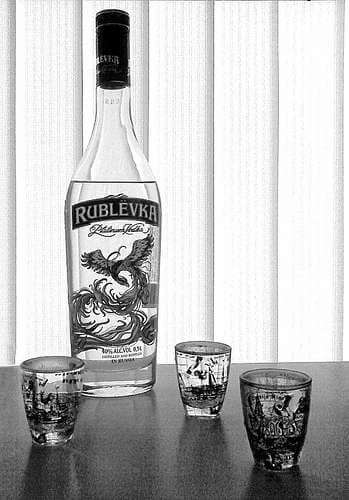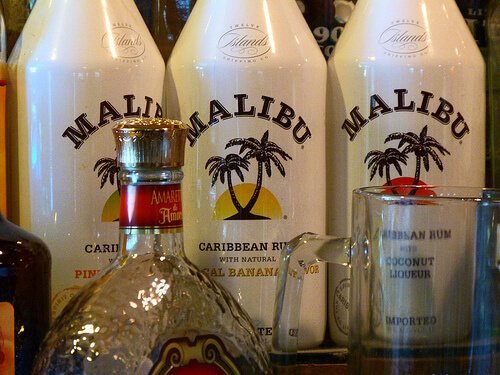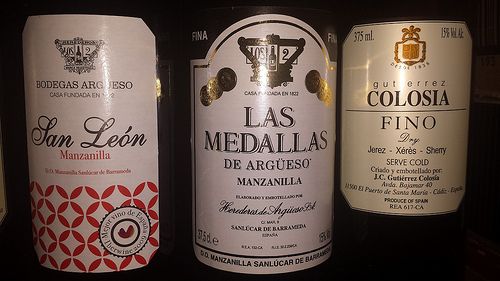Does Mead Go Bad?
So you’ve found an odd bottle of mead sitting in the cellar for who knows how long, and you aren’t sure if it’s still safe to drink. Or you’ve bought a bottle of mead to try it out, and a year later, it still sits in the pantry. Both situations beg to ask the question: does mead go bad?
Most people aren’t sure if they should treat mead like wine, beer, or maybe hard liquor. The fact that there are many varieties of mead available on the market doesn’t help either.
If you’d like to learn about storage, shelf life, and signs of going bad of different types of mead, read on.
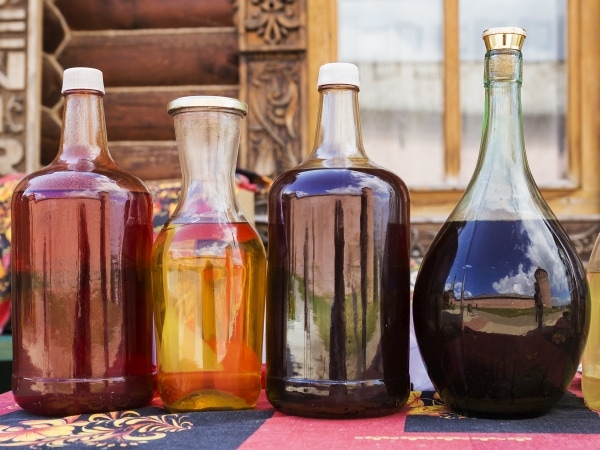
How to Store Mead?
Let’s start off by saying that there are a lot of types of mead out there. Unlike in, e.g., bourbon, the alcohol content in mead differs between brands and brews.
Classic meads that likely make up the majority of the market, usually have the alcohol by volume value between 15 to 18 percent. For lighter meads, it’s between 6 to 12 percent. That distinction is quite important.
The more alcohol in mead, the more stable it is and the longer it lasts.
You should store an unopened bottle of mead similar to how you store unopened wine. That is in a dry and cool place, definitely away from sunlight.
A wine cellar would be perfect, but the cabinet in the pantry will do too. Just make sure you don’t keep it on display because access to sunlight might mess up the taste.
Those rules apply to both classic and lighter meads. Now let’s get into specific guidelines for either kind.
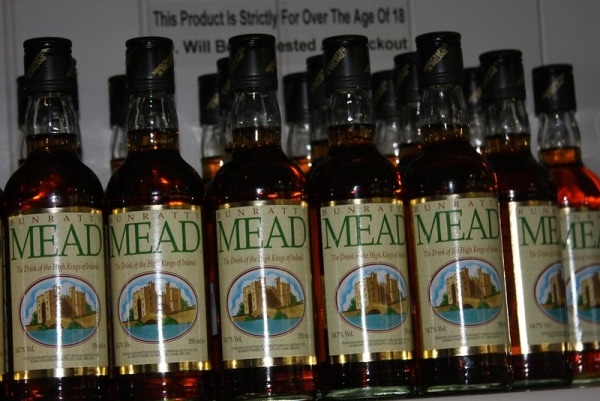
Let’s start with classic meads, that is those with high alcohol content. Those tend to age quite well, so long-term storage is definitely an option.
If the bottle is sealed with a natural cork, and you plan on storing it for a long time, consider storing it on its side. This way the cork stays moist and doesn’t deteriorate as fast. Of course, if the bottle is meant for aging, the cork should be good enough for that, but better safe than sorry.
Since there’s quite a lot of alcohol in a classic mead, you don’t need to refrigerate it after opening. Keeping it in the pantry is okay, just make sure the bottle is sealed tightly.
Of course, for the quality of the mead to remain great for longer, it’s better to put it into the fridge. But if you plan on finishing the bottle within the next couple of months, there’s really no need for refrigeration.
Now let’s talk a bit about lighter meads. There is a lot of variety on the market, and you can even find sparkling meads out there.
In general, unless the label says otherwise, you should store opened lighter meads in the fridge. And make sure the cork or cap is always on when not in use.
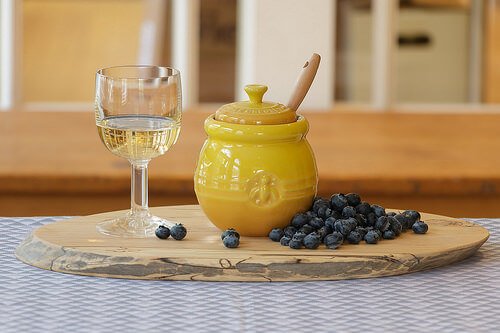
How Long Does Mead Last?
When it comes to shelf life, the distinction between classic and lighter meads is important too.
As already mentioned, classic meads are much more stable due to higher alcohol content. An unopened bottle can easily last years or even decades. Once you open the bottle, the classic mead will easily last a few months in great shape.
Please remember that with time its quality will drop and if you decide to drink some mead that sits opened in a cabinet for over a year, it might not taste that great. It will, however, most likely be perfectly safe to drink.
When it comes to lighter meads, they usually retain great quality for a much shorter period. The easiest way to go about it is to look for the best-by date on the label. The alcoholic beverage should last in great quality for at least a few months past that date. If you, however, decide to store it for much longer than that, you might find the flavor not that great after opening.
Once you open the bottle of a light mead, most producers recommend finishing it as soon as possible. That means the beverage tastes best for a minimal period. That period depends heavily on the variety you got. Sometimes it’s only 24 hours, other times up to a week. If possible, try to find what the producer of the mead you’re drinking recommends.
Obviously, the mead won’t go bad after that time, but you might find the flavor lacking and somewhat flat.
| Pantry | Fridge | |
|---|---|---|
| Classic Mead (Unopened) | 5 years + | |
| Classic Mead (Opened) | 3 – 6 months | 4 – 8 months |
| Lighter Mead (Unopened) | Best By + 6 months | |
| Lighter Mead (Opened) | 1 week |
Please note that the dates above are approximate. The recommendations when it comes to shelf life differ between producers significantly.
If you want to store your bottle of mead for an extended period, it’s best to check the manufacturer’s website and look for guidelines there.
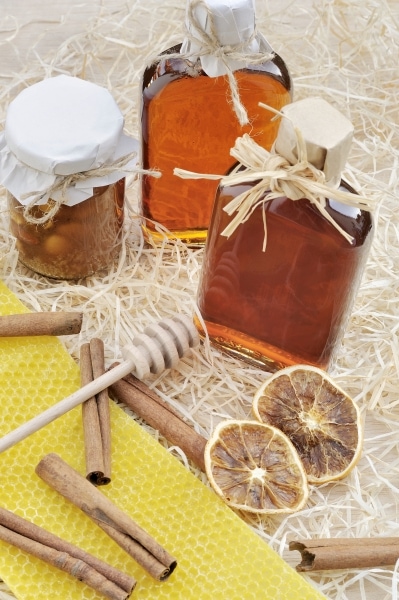
How to Tell if Mead Is Bad?
Mead, both classic and lighter doesn’t easily go bad in a way that it’s unsafe to drink.
The mead going bad happens most often if you brew it yourself at home and your batch gets infected. If that’s the case, toss it out.
Now to the signs of spoiled mead. These include the usual suspects: odd or rancid aroma, color change, cloudiness, and bitter flavor.
If the mead sits in storage for a long time, it’s best to pour a small amount and check if everything is okay before enjoying it with your guests. If anything seems off, discard it.
More often than not the mead will be safe to drink, but sometimes the flavor won’t quite hit the spot. If that’s the case, you can decide to drink it either way or toss it out for quality purposes.
Did you notice how I didn’t mention sediment on the bottom of the bottle as a sign of mead going bad? That’s for a reason: sediment in mead happens and it’s quite normal.
There are a few possible reasons why particulates can form in the bottle of mead. If you’re interested in learning more, the linked article does a great job of explaining those. In short, if there’s sediment in the bottle, make sure you filter it off before serving.
Rotten Records: Share Your Snap!
Caught some food past its prime? Upload your photo to “Rotten Records” and help others spot the signs of spoilage. Every image makes our food community safer and more informed!

